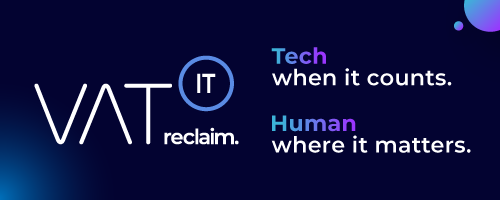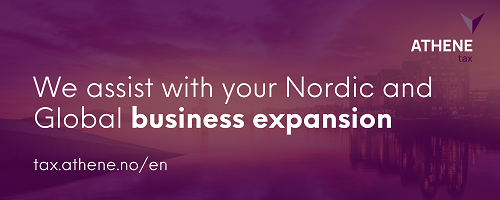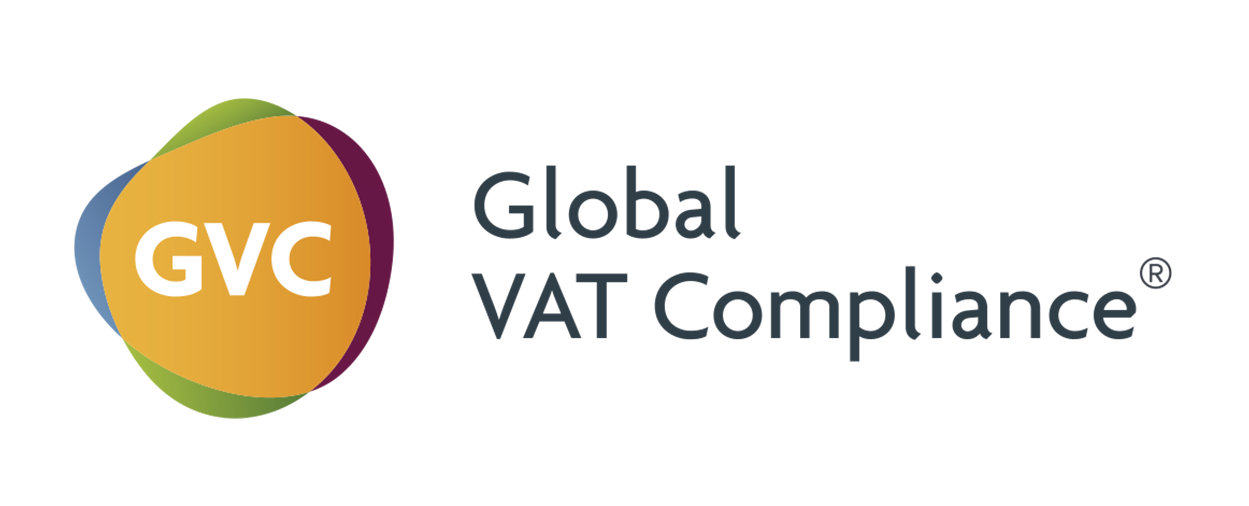Value-Added Taxes (VAT)
In addition to income taxes and social security contributions, all Scandinavian countries collect a significant amount of revenue from Value-Added Taxes (VATs). VATs are similar to sales taxes in that they aim to tax consumption. However, the VAT is assessed on the value added in each production stage of a good or service rather than only on the final sales price.
As a tax on consumption, VATs are economically efficient: they can raise significant revenue with relatively little harm to the economy. However, depending on the structure, a VAT can be a regressive tax because it falls more on those that consume a larger share of their income, which tend to be lower-income earners.
In 2019, Denmark collected about 9.4 percent of GDP through the VAT, Norway 8.6 percent, and Sweden 9.2 percent. All three countries have VAT rates of 25 percent. The United States does not have a national sales tax or VAT. Instead, there are state and local sales taxes. The average tax rate across the country (weighted by population) is about 7.4 percent. Due to the much lower rate, combined with a narrower base, U.S. sales taxes collect only about 2 percent of GDP in revenue.
Source Tax Foundation















